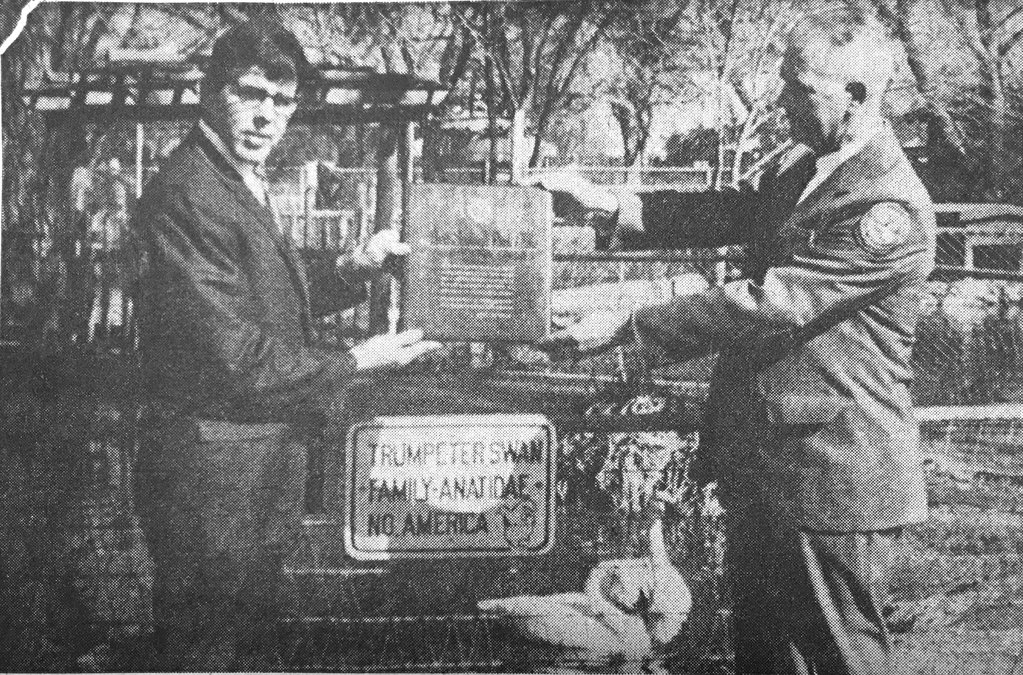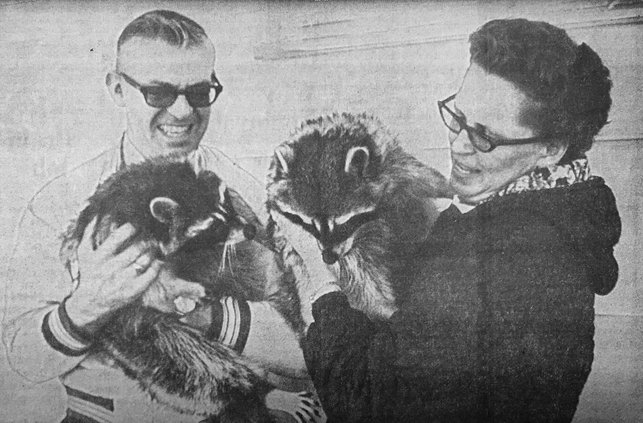Each week we’ll take a step back into the history of Great Bend through the eyes of reporters past. We’ll reacquaint you with what went into creating the Great Bend of today, and do our best to update you on what “the rest of the story” turned out to be.
This week in 1969, national news was far from earthshaking. Well, except for maybe in Mexico, where a two-ton meteorite fell in Chihuahua. Called the Allende meteorite, it was reportedly observed falling over that Mexican state at around 1:05 a.m. on Feb. 8, 1969. It came apart in the atmosphere, and an extensive search recovered two tons of it strewn over field of 8 by 50 kilometers.
This week in 1969, popular singer and entertainer Tom Jones made his television debut in the self-titled variety show, “This is Tom Jones,” on ABC TV. Jones is best known for hits like “It’s Not Unusual” and “She’s a Lady.” His show ran until 1971. He has been a perennially popular entertainer in Las Vegas and around the world.
Going to the dogs?
The City of Great Bend cracked down on dogs running at large this week in 1969. In just two days, over 100 complaints were issued by officers against owners who permitted their pets to run at large, the Tribune reported. Those cited were required to appear in Police Court and warrants would be issued against those who failed to do so.
“Mayor H.C. Davis said the city has received many complaints about lack of enforcement of the law and almost an equal number of complaints have been received due to the recent enforcement,” the report stated.
One hundred reports in a two-day period sounds like a lot! An editorial that same day had this to say:
“One might think Great Bend had gone to the dogs, and perhaps it has because there are plenty of them around! The sudden active enforcement of the leash law this week has served to point out several things besides the fact that there are plenty of dogs roaming around the city.
“The crackdown on the canines indicates that it is a law more for people than dogs. People must obey the law by keeping their dogs confined on their property by fence or chain, and only through the cooperation of the people can the law be at all effective.”
More background was provided. The police were attempting to demonstrate what’s involved in enforcing the animal control law, in an attempt to answer the question of whether police time should and could be so devoted to enforcing one particular ordinance.
“Dog owners will of course react against this crackdown. But there are two sides to the question. Every year, particularly in the spring, there are numerous complaints about dogs running loose, not only one or two animals, but sometimes packs of six or more. People are also justified in complaining about that situation and requesting law enforcement. The present situation may point up the problems from both sides. Perhaps then something can be worked out, but it won’t be up to the dogs; it’s going to take cooperation by people.”
Since then, the Golden Belt Humane Society was created, and today provides animal control services for the city, as well as other parts of the county. Just for comparison, Heather Acheson at GBHS said on the average, they receive between 80 to 100 calls in a month, rather than a week, with about 95 percent in Great Bend.


Trumpeting zoo success
The Great Bend Brit Spaugh Zoo was recognized for its efforts in growing the captive population of Trumpeter Swans in the United States, increasing its size by 21 cygnets in just four years. It was one of four zoos to receive a plaque from the Interior Department’s Bureau of Sport Fisheries and Wildlife. Others included the Philadelphia Zoological Gardens, Tracy Aviary of Salt Lake City and Mesker Park Zoo of Evansville, Ind.
“Because of the success of the four zoos in breeding trumpeters, there are now 106 of the rare swans in the U.S. zoos,” the report stated.
“In 1900, the bird was nearly extinct in the United States due in part to excessive hunting,” the report went on to say. The same could be said for many other species, due to the fashion industry’s demand for bird feathers which adorned clothing and hats in the late 1800s and early 1900s.
The U.S. population in the lower 48 states reached a low of 69 swans, of which 33 trumpeters which were discovered near Yellowstone National Park in the early 1930s. Red Rock Lakes National Wildlife Refuge in Montana was established in 1935, and a breeding program was begun.
The 1969 report stated, “the recovery of the trumpeter has been so remarkable that the Bureau removed the species from the “rare wildlife” list” in December, 1968.
Today, trumpeter swans are still a fixture at the Great Bend Brit Spaugh zoo, and can often be seen at Veterans Memorial Park lake.


Just for fun
In December, 1968, just before Christmas, the Tribune featured a story about Mr. and Mrs. Leonard Murray’s lonely raccoon, “Martha,” who the couple said was looking for a mate.
“The next day Mrs. Ruby Mohl called the Murrays and offered them Pedro, her pet male raccoon” the Tribune reported this week in 1969. “But that wasn’t the happy ending of the story – yet. Martha took one look at Pedro when he arrived in Great Bend, and coyly ran up a tree where she stayed five hours before she could be coaxed down.”
It wasn’t long before the two became “a handsome couple.” A photo of the Murrays, each with a raccoon in arms, appeared in the paper this week, with the sentiments that they were hopeful of the inevitable.





